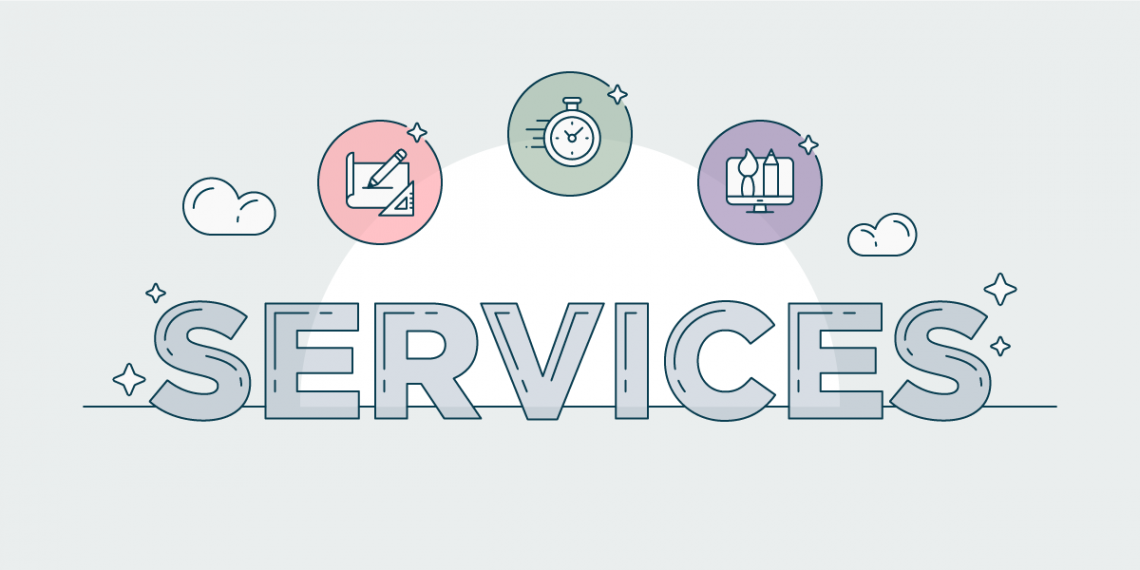The challenge of achieving business continuity supposes that the organization had to perform certain steps before the crisis came around. Business continuity is a plan of action ‒ made in advance ‒ that ensures your organization is prepared to perform its critical functions during the emergency. Emergency situations are cited as natural disasters, pandemics, business crises, significant loss of human resources, or any other situation that violates the basic parameters of your everyday business. Since most businesses are working on a going concern basis, their management should also consider having to face some difficult times.
How to mitigate the effects of the crisis?
The effects of this viral pandemic can be described as a loss of huge amounts of human resources since the people are quarantined and they have to work remotely. Emergency events will not always affect your business in a way that stops all functions completely ‒ sometimes these can have a huge influence on everyday services and functions. Your plans should be made accordingly ‒ allowing your organization to be ready to innovate when a specific type of emergency happens. Even businesses that had crisis response prepared face difficulties in sustaining their remote model of working. We need to keep our ‘always-online’ status as a characteristic of today’s way of doing business, to continue thriving even in these unpredictable times and we are going to make it through with the online tool for innovation and collaboration.
Applying business continuity to large organizations with geographically dispersed branches
To achieve business continuity, you first need to really understand your core and side processes. It is a relatively easy job in small and medium enterprises, but dealing with it in big corporations is quite a challenge. Online collaboration is a must-have now, especially when it comes to working with geographically dispersed teams. The best way to map your processes and make sure there’s nothing left behind or misunderstood is to do it together with the people who use them and whose work depends on them. If your collaboration game is strong, you will minimize the risk to overlook some critical issues in your reanalyzing business processes. While you are reviewing your processes, you are at the point where you become aware of its vulnerabilities and it would be best if you had the right technology in place to improve it, right away. Recovery strategy is a way to identify opportunities for technology innovation in order to increase efficiency and to reduce operational costs. Innovation Cloud allows you to do it immediately and also in cooperation with the people included in the process itself. It is an opportunity for you to gain insight into crowd wisdom, and who is more relevant for this than the people actually doing the job. When you have functional teams that understand why they should perform certain tasks and also have the technology in place, the cross-functional synergy increases. Everyone should understand the criticality of their tasks and the need for certain technology solutions in order to be able to drive innovation and increase both efficiency and effectiveness.
The best way to accept hard times is to be prepared when it comes but still, if you haven’t been prepared, don’t panic. There is always a room for improvement and getting back on the right track, again. Innovation Cloud gives your enterprise an opportunity to stay safe while driving innovation regardless of any geographical or time boundaries and the success is reserved for the ones who embrace it.






